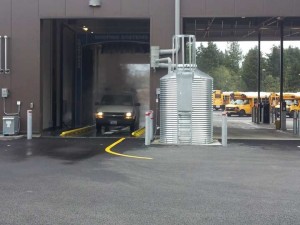 The most common use of rainwater collection is for non potable use. Irrigation, water features, wash down, toilet, and laundry are all non potable uses that can have a positive effect on water conservation. A properly designed and installed rainwater collection system will provide enough water to support these desired uses with less impact on our water supply.
The most common use of rainwater collection is for non potable use. Irrigation, water features, wash down, toilet, and laundry are all non potable uses that can have a positive effect on water conservation. A properly designed and installed rainwater collection system will provide enough water to support these desired uses with less impact on our water supply.
Rainwater is essentially free of pollution, so it can be stored without much more than screening. Storage can be underground, above ground, metal, plastic, or fiberglass. If irrigation is the desired use, keep in mind that approximately .623 gallons per sq ft of planting, per week is required for the healthy growth of plants, therefore storage volumes can be a concern in design due to space and costs. Conveyance can be gravity if there is enough head. Head is .4 lbs per foot of elevation. A pressure pump might be necessary to achieve the desired pressure needed. Sediment filtration for a simple irrigation system should be all that is needed to ensure emitters and soaker hoses perform as expected.
Water features such as fountains can recirculate the water being used, so very little storage would be required. Sediment and carbon filtration would be needed to keep pumps and nozzles working properly. A carbon filter would be helpful to keep odor to a minimum.
Wash down facilities can use rainwater collection and save money on their water bills by using rainwater collection as the rinse water. With enough storage, a large fleet can be washed with recycled wash water and rinsed with collected rainwater. Again, sediment and carbon filtration would be the only filtration needed. Wash down of equipment, whether construction or farming, can benefit from rainwater collection.
Toilet and laundry facilities for residential and commercial applications are becoming more popular with new construction. Rather than infiltration, which is mandated, why not use that water. Simple pumping and filtration of stored water is all the treatment needed. A return on investment can be achieved within a few years.
There are a wide range of uses for rainwater collection. With a little bit of imagination you might come up with a use for rainwater collection that could save you money.

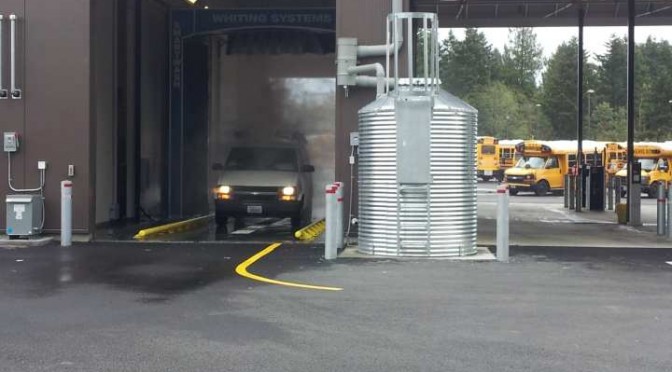
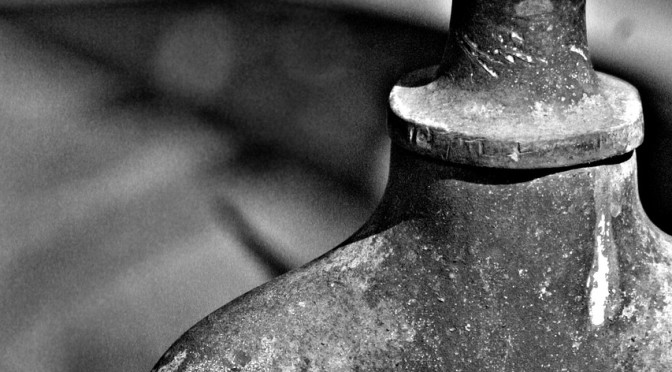
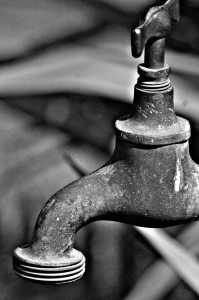 According to the
According to the 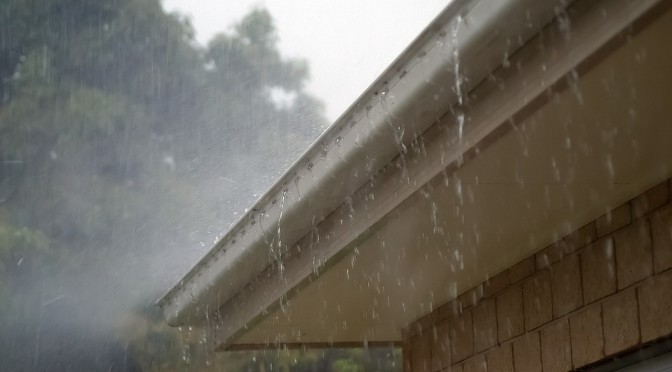
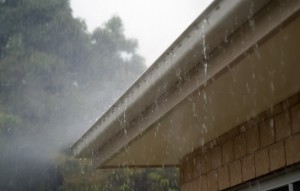 Stormwater is rainwater that has not been collected and stored for future use, infiltrated or managed at the source. Rainwater, when not stored for future use or infiltrated on site, will flow into storm drains picking up toxins on the way and eventually will end up in our waterways.
Stormwater is rainwater that has not been collected and stored for future use, infiltrated or managed at the source. Rainwater, when not stored for future use or infiltrated on site, will flow into storm drains picking up toxins on the way and eventually will end up in our waterways.